Species Photo Gallery for Laevicephalus peronatus No Common Name 9 |
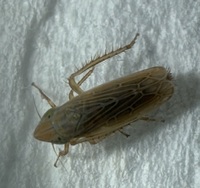 | Photo by: Marilyn Westphal, Nora Murdock
Henderson Co.
Comment: Caught on beat sheet | 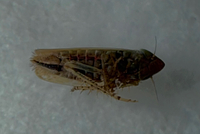 | Photo by: Marilyn Westphal, Nora Murdock
Henderson Co.
Comment: Caught on beat sheet; female. State record |
 | Photo by: Marilyn Westphal, Nora Murdock
Henderson Co.
Comment: Caught on beat sheet; female. State record | 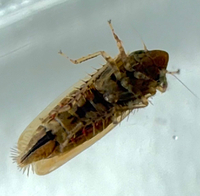 | Photo by: Marilyn Westphal, Nora Murdock
Henderson Co.
Comment: Caught on beat sheet; female. State record |
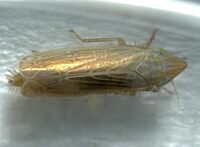 | Photo by: Marilyn Westphal, Nora Murdock
Henderson Co.
Comment: Caught on beat sheet; female. State record | 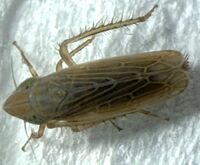 | Photo by: Marilyn Westphal, Nora Murdock
Henderson Co.
Comment: Caught on beat sheet; female. State record |
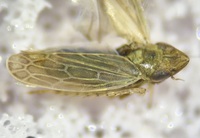 | Photo by: Marilyn Westphal, Nora Murdock
Henderson Co.
Comment: Caught on beat sheet; female. State record |  | Photo by: Marilyn Westphal, Nora Murdock
Henderson Co.
Comment: Caught on beat sheet; female. State record. Additional pics by J. Petranka |
 | Photo by: Marilyn Westphal, Nora Murdock
Henderson Co.
Comment: Caught on beat sheet; female. State record. Additional pics by J. Petranka |

 »
»
 »
»